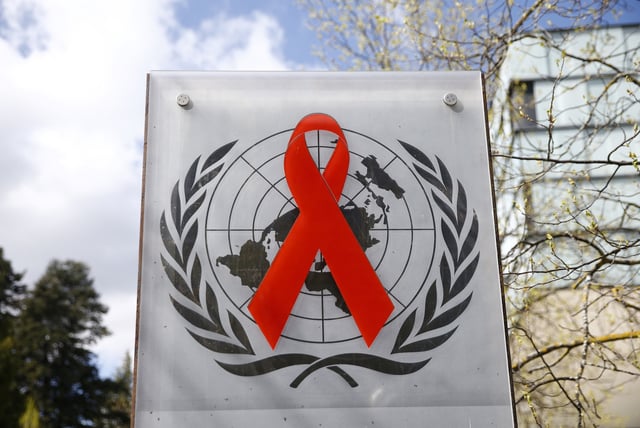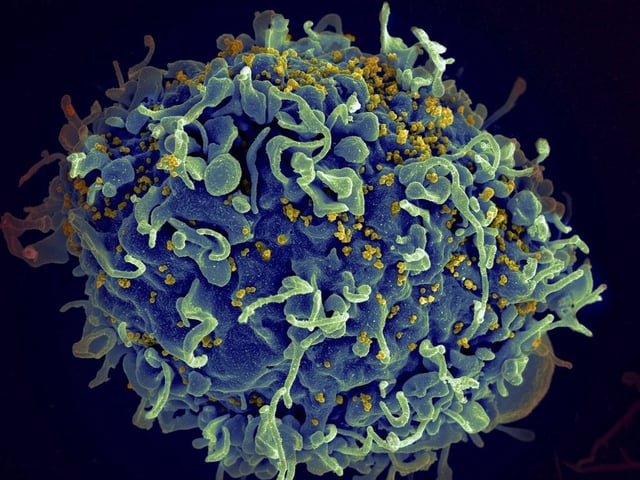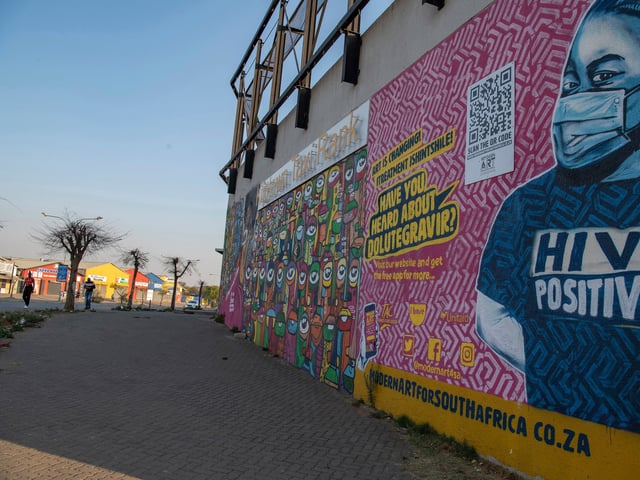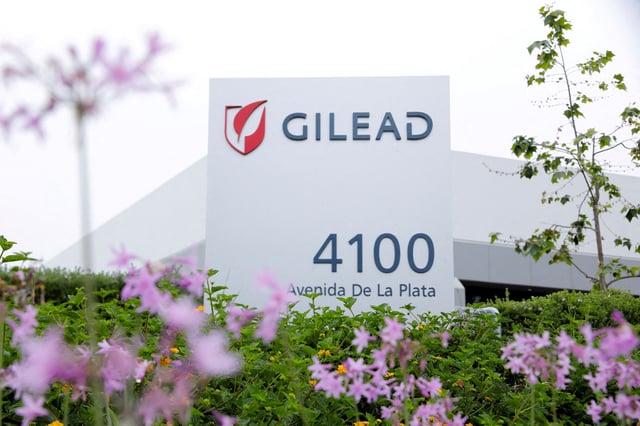Overview
- In January, President Trump’s order to freeze foreign aid and shutter USAID wiped out the $4 billion PEPFAR pledge for 2025 and triggered a systemic shock across HIV services worldwide.
- UNAIDS warns that sustained funding shortfalls could result in 6 million additional HIV infections and 4 million more AIDS-related deaths by 2029.
- Prevention programs and community outreach have been hardest hit, with clinics serving key populations closing and thousands of health workers laid off.
- The FDA approved Gilead Sciences’ twice-yearly injectable Yeztugo in June after trials showed nearly 100 percent efficacy, but high costs and limited generic licensing outside 120 low-income nations threaten its rollout.
- Domestic HIV spending rose by about 8 percent among 25 low- and middle-income countries but remains far too small to replace lost U.S. support, jeopardizing treatment and surveillance infrastructure.



